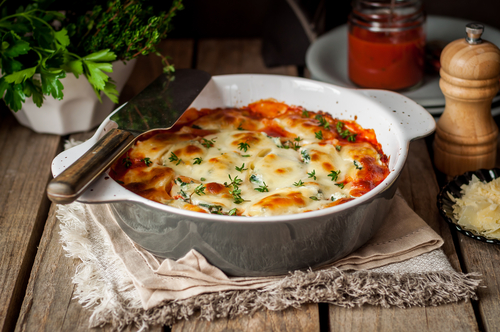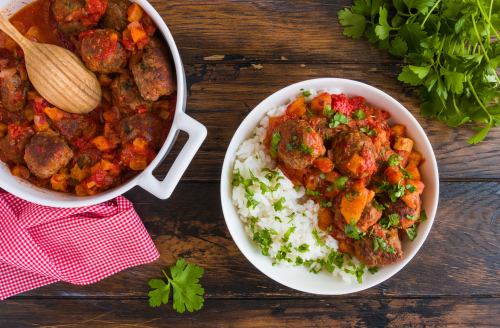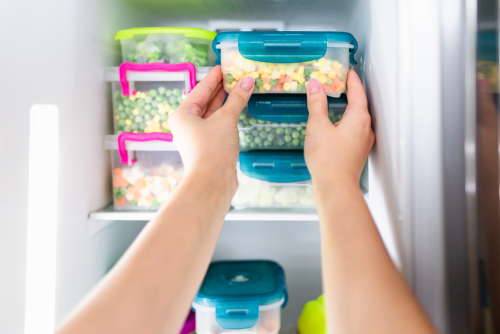Why You Must Consider These Amazing Survival Meals
Cooking, FOOD
By
Fred Tyrell
June 19, 2020
Casseroles are nutrient-rich meals that are usually very easy to prepare using whatever you have on hand.
Since the food is baked, you can also prepare them in everything from conventional ovens to solar cookers and campfires. That being said, in order to get the most out of casseroles in survival situations, it helps to know more about proper cookware and a few simple preparation tips.
Choosing a Casserole Dish
When you don’t have to worry about traveling with a casserole dish, or using it in a wide range of settings, you may think that any casserole dish will work for survival purposes. Unfortunately, if you take this perspective, you will lose out on one of the most important aspects of preparing casseroles quickly and easily under any circumstance. Here are some casserole dish types to choose from. You may find that one or more will be needed to cover all possible cooking, serving, and storage elements.
- Corningware – These are usually the cheapest casserole dishes on the market. You can use them in the oven, microwave, freezer, and dishwasher. To keep Corningware in good condition, you cannot use metal utensils. You will also find they can be very hard to clean up after use.
- Glass (such as Pyrex, Anchor Hocking, etc) – These casserole dishes are made out of clear glass. They are also very cheap but are inclined to break if you drop them. Depending on the manufacturer, glass casserole dishes may or may not be safe for the freezer, oven, and dishwater. Most cannot be used on a stovetop, under a broiler, or in temperatures over 425 – 450 degrees. In addition, glassware cannot tolerate sudden temperature changes. If you want to refrigerate after baking, the glassware and food will have to stay at room temperature until it is cool enough to go in the refrigerator.
- Stoneware – Most stoneware casserole dishes are similar to glass in the sense that they do not tolerate rapid temperature changes well. That being said, they are a bit sturdier and can be used around 7 inches away from a broiler element. They are more expensive than glass and corning ware casserole dishes.
- Stainless Steel Dishes – If you are looking for a durable casserole dish, stainless steel versions will meet most of your needs. They can be used on stovetops and ovens. You can broil in them, and also place them in the refrigerator with no problems. Stainless steel will not shatter if it is exposed to extreme temperatures. If you drop one of these casserole dishes, it may get a ding or two, but can still be used. The only problem with this and other metal casserole dishes is it cannot be used in a microwave. That being said, if you are in an emergency situation where electricity is not available, you may be more interested in a casserole dish that can withstand a campfire or other alternative cooking form.
- Emile Henry Flame Ceramic – This casserole dish can be used in just about any cooking situation. It will tolerate extreme temperature changes and is also safe to use in the oven, on the stovetop, under the broiler, and in the microwave. These casserole dishes can also be easily placed in a refrigerator. While these are more expensive dishes, they are well worth it.
https://www.survivopedia.com/why-you-must-consider-these-amazing-survival-meals/




 dancing chicken
dancing chicken